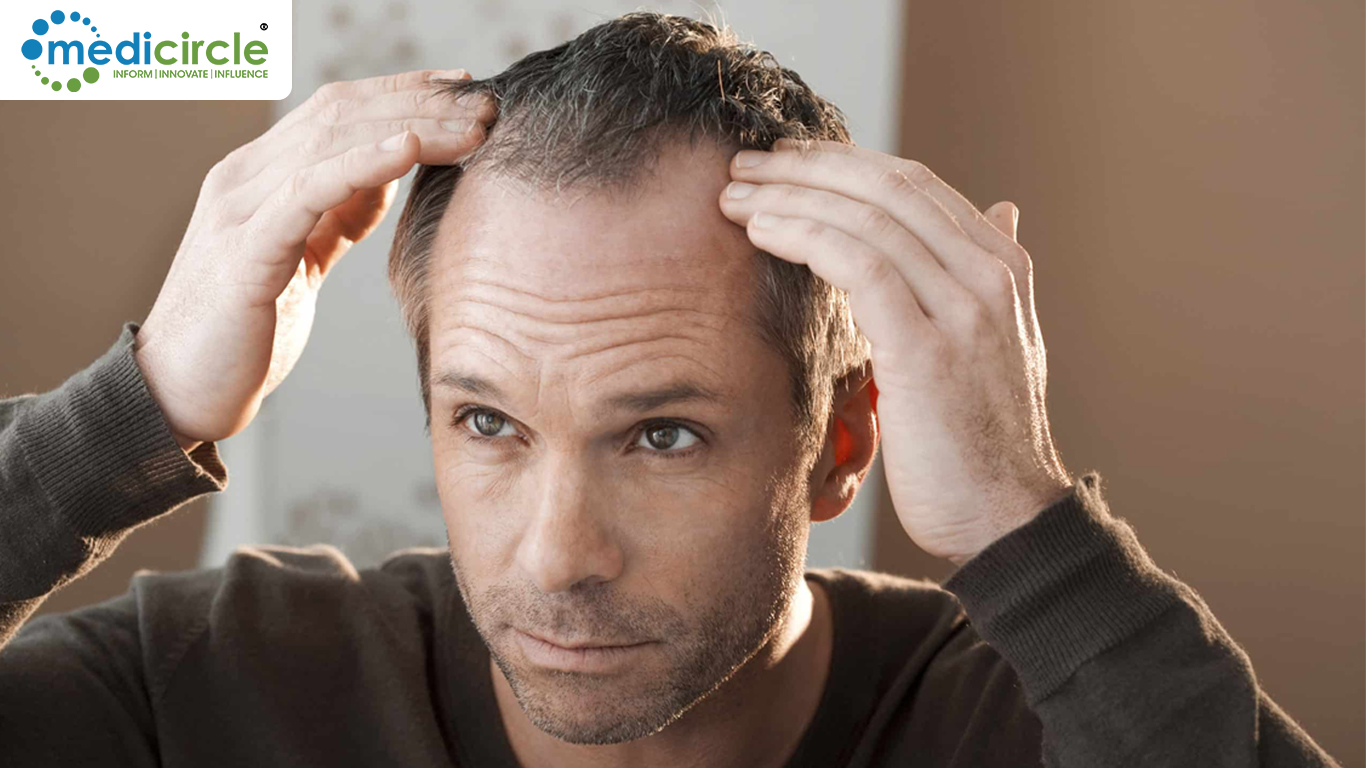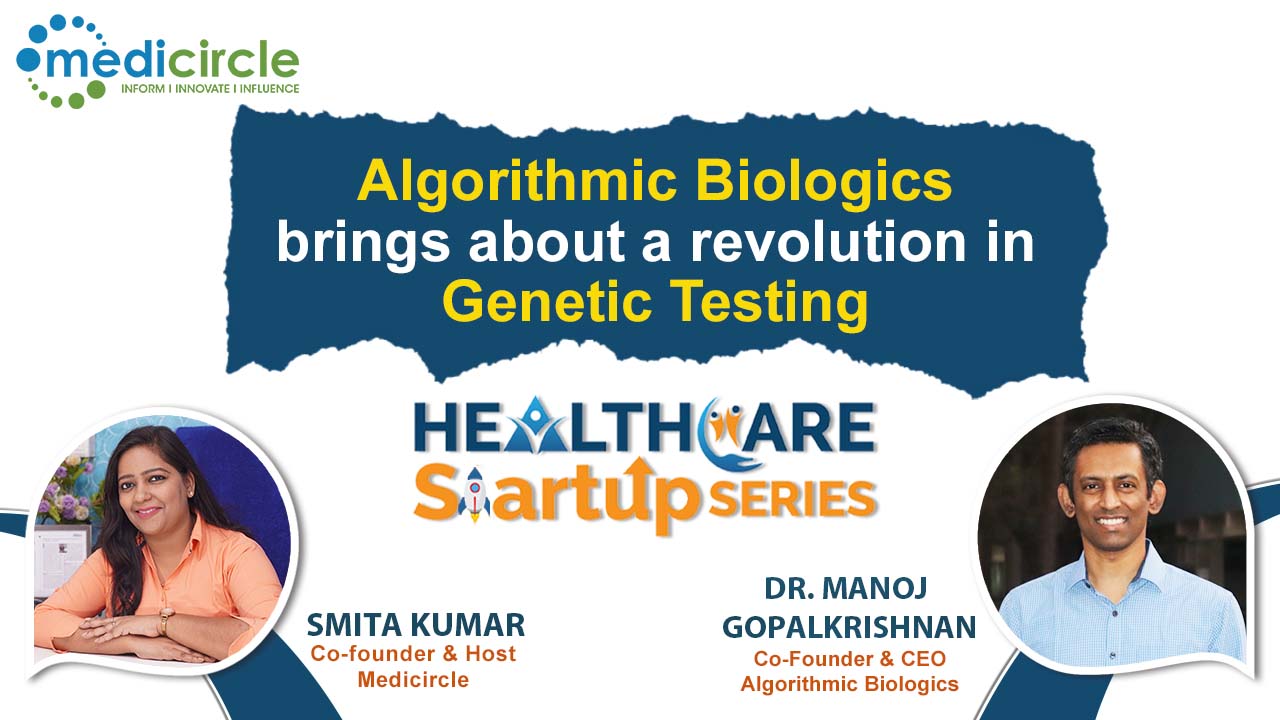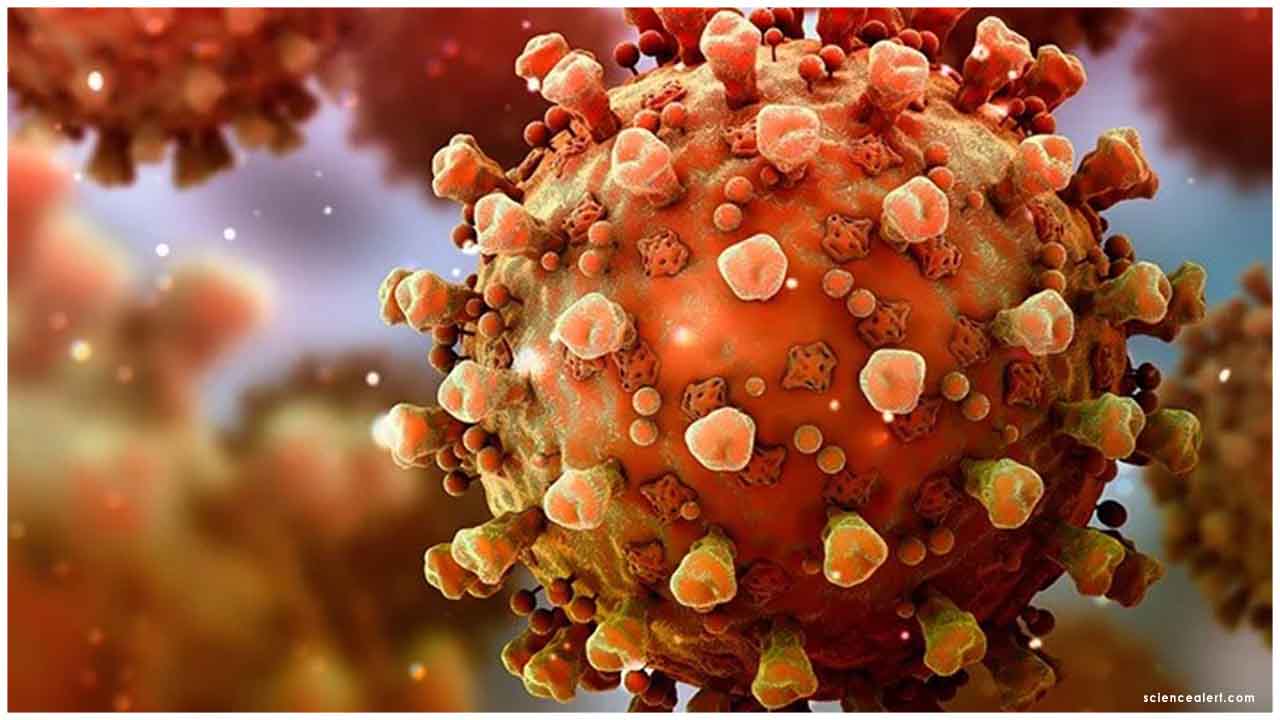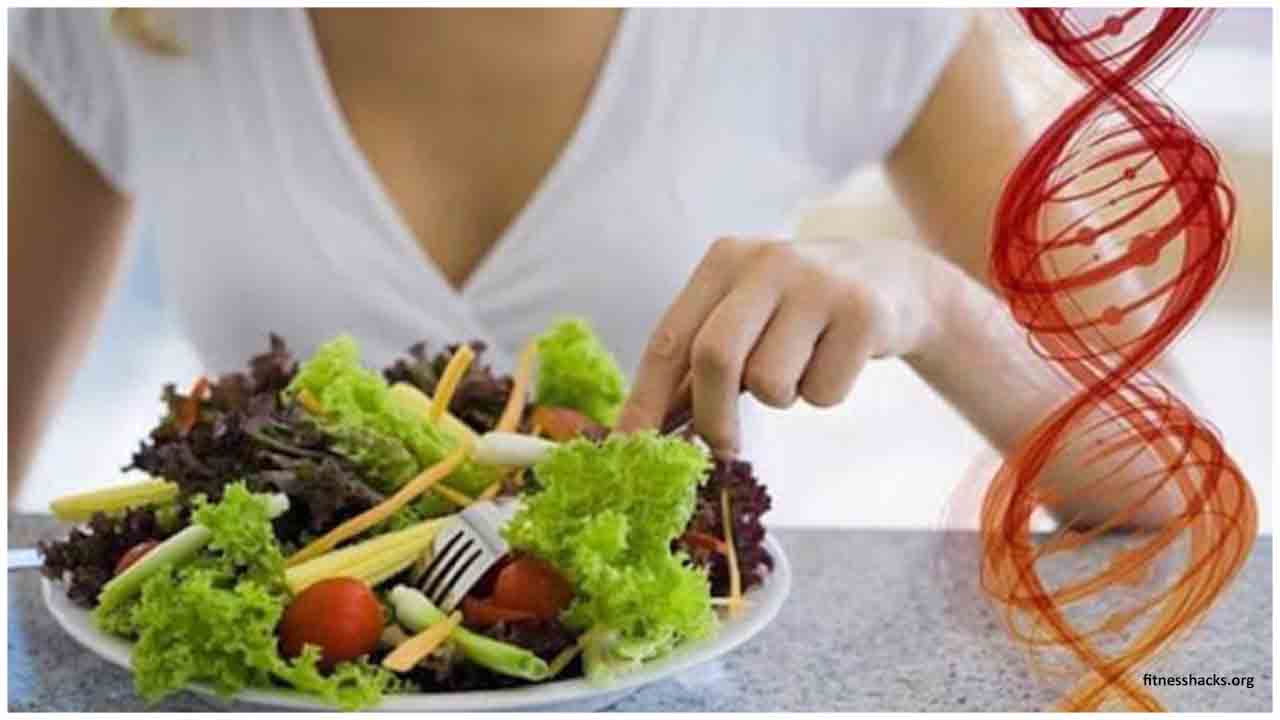Each year, as the nation celebrates Diwali, a dark cloud seems to settle over Delhi, one that doesn’t represent festivity but rather the smothering pollution that clings to the air. After the annual festivities, pollution levels spike dramatically, and this year is no exception. According to the Central Pollution Control Board (CPCB), Delhi’s air quality has sunk into the ‘very poor’ category, with the Air Quality Index (AQI) surpassing 350 in multiple areas across the city. This alarming reality demands that we all pay closer attention to the severe health risks that come with breathing in these toxic levels of pollution.
The latest data paints a concerning picture of the capital’s air quality. As of this morning, areas like Anand Vihar, Jahangirpuri, and Dwarka reported AQI levels close to or exceeding 400, marking the highest levels of pollution recorded in recent times. Anand Vihar’s AQI hit 395, indicating severe health risks for the area’s residents. Jahangirpuri, a densely populated locality, followed closely with an AQI of 390, while Dwarka recorded 376. These figures reflect the unseen particles of smoke, dust, and pollutants that are entering the lungs of millions.
Local residents and commuters are feeling the immediate effects. Cyclists and pedestrians, especially those around iconic landmarks like India Gate, have expressed their frustration and concern. Stephen, a regular cyclist, recounted his struggle this morning. “The pollution was unbearable today. My brother fell sick almost overnight, and I’m finding it hard to breathe while cycling. Just a few days ago, the air felt much clearer, but now my throat hurts, and my eyes are irritated,” he said. These symptoms are not isolated; they echo the experiences of many who ventured outside amidst the choking smog.
While Delhi struggles with chronic air quality issues throughout the year, the post-Diwali period is notorious for sharp increases in pollution. Firecrackers, celebratory bonfires, and an influx of vehicle emissions around Diwali turn an already vulnerable environment into a hazardous one. The bright lights and crackling sounds of firecrackers leave behind an invisible residue, a toxic cloud of particulate matter, heavy metals, and chemicals. These pollutants linger in the air, infiltrating homes, offices, and public spaces.
In recent years, authorities have urged citizens to opt for eco-friendly Diwali celebrations. This year, Delhi’s Environment Minister, Gopal Rai, made a direct appeal to residents, urging them to forgo fireworks for the sake of their loved ones. “Tonight is critical for Delhi’s air quality. I appeal to everyone to avoid crackers and celebrate with diyas instead. Our children and elderly need us to make responsible choices,” Rai emphasized. Unfortunately, as evidenced by the AQI levels, it seems this appeal fell on some deaf ears, leaving the city’s air dangerously polluted.
For many Delhi residents, the days following Diwali bring more than just joy, they bring coughs, burning eyes, and laboured breathing. As air pollution intensifies, so does the strain on public health. Medical experts are increasingly concerned about the long-term implications of repeated exposure to such high pollution levels. Asthma, chronic respiratory issues, and cardiovascular problems are becoming more prevalent, especially among vulnerable populations like children and the elderly.
Cyclists, joggers, and people who enjoy outdoor activities are among the most impacted, as they are directly exposed to polluted air. Another Delhi cyclist, John, shared his experiences: “I’ve been coughing non-stop since last night, and it’s hard to keep my eyes open while cycling. The air feels thick, and there’s a burning sensation in my throat. We’re told every year that pollution is bad, but this feels like it’s getting worse.” The fears of many are echoed in his words, as the rising pollution levels can lead to irreversible health consequences if unchecked.
To address the growing crisis, the Delhi government took certain preventative measures before Diwali. Minister Gopal Rai announced plans to increase police patrolling to prevent the illegal sale and use of firecrackers. However, enforcement alone cannot solve the issue. The government’s efforts are limited without public cooperation and awareness.
Delhi’s approach is also constrained by the city’s geography and seasonal weather patterns, which contribute to the smog that lingers in the colder months. However, despite these challenges, government officials continue to emphasize that real change can only come from collective action. “As humans, it’s our duty to protect our environment. Patrolling alone won’t solve this; we need each resident to think about their actions,” Minister Rai highlighted.
While Diwali celebrations amplify the pollution problem, Delhi’s air quality issues extend far beyond the festival. The city’s rapid industrialization, unchecked vehicle emissions, construction dust, and burning of crop stubble in neighbouring states all contribute to its year-round air quality crisis. Each winter, Delhi witnesses a ‘pollution season,’ where smog blankets the city, reducing visibility and increasing hospital admissions for respiratory issues.
The issue of stubble burning is particularly challenging. As harvest season comes to an end, farmers in neighbouring states like Punjab and Haryana resort to burning leftover crop residue to prepare their fields. This practice releases enormous amounts of smoke and particulate matter, which then drifts over to Delhi. Although the government has proposed alternatives, progress has been slow, and implementation uneven.
Combating Delhi’s air pollution will require a multi-pronged approach. Policies aimed at reducing emissions from vehicles and factories are essential, but they need to be strictly enforced. The push for cleaner public transportation and electric vehicles is a step in the right direction, yet more needs to be done to incentivize this shift.
On an individual level, people need to adopt eco-friendly practices. Diwali, as a culturally significant festival, doesn’t have to lose its charm without firecrackers. There are alternative ways to celebrate that don’t involve polluting the environment. By raising awareness about the impact of fireworks on air quality, we can encourage future generations to make healthier, more responsible choices.
The role of awareness cannot be understated. Residents need to understand the health risks posed by high pollution levels and take precautionary measures, especially during peak pollution days. The use of air purifiers, indoor plants, and even staying indoors during peak smog hours can help minimize exposure.
As Delhi’s pollution crisis continues to escalate, it becomes increasingly clear that this isn’t just a governmental issue, it’s a public one. Achieving cleaner air in Delhi will require joint efforts from policymakers, industries, and citizens alike. If each group can recognize their responsibility in contributing to the city’s air quality and commit to making even small changes, the cumulative effect could be transformative.
Policymakers must prioritize long-term solutions that not only address pollution after it becomes visible but prevent it from accumulating in the first place. Public campaigns, investments in renewable energy, and a crackdown on illegal industrial emissions are crucial steps in this direction.
The air quality crisis in Delhi is a reminder that our environment requires constant care. Festivals like Diwali offer a unique opportunity to reflect on how our choices impact the world around us. With each cracker burst, there’s a toll on the air we all share. Celebrating Diwali doesn’t have to mean sacrificing our health or the environment; rather, it can be a time to embrace sustainable traditions and protect what we value most.
The path forward for Delhi may be complex, but it isn’t impossible. By working together and making conscious choices, we can hope for a future where festivals are celebrated under clear skies, where children play outside without masks, and where breathing freely is something no one takes for granted. This is the challenge and the promise of building a cleaner, healthier Delhi for generations to come.
.jpg)
 The air quality crisis in Delhi is a reminder that our environment requires constant care.
The air quality crisis in Delhi is a reminder that our environment requires constant care.





.png)














.jpeg)

.jpeg)
.jpeg)
.jpeg)

.jpeg)
.jpeg)
.jpeg)
_(1).jpeg)

_(1)_(1)_(1).jpeg)
.jpeg)
.jpeg)
.jpeg)






